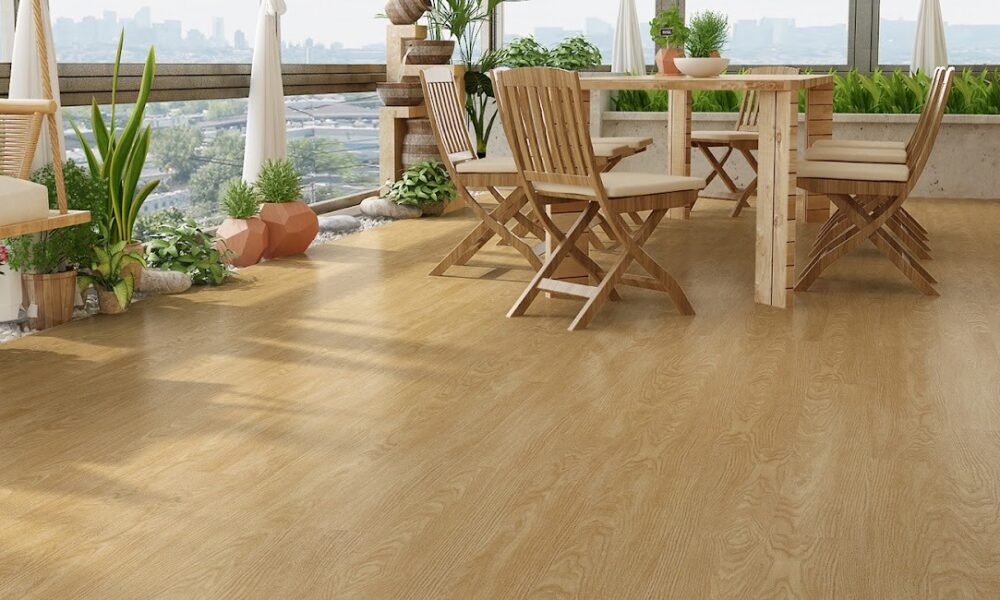
There are several common issues that people may encounter with floor skirting:
Damage: Skirting can become damaged over time due to wear and tear, scratches, and dents.
Discoloration: Skirting may become discolored or stained due to spills, dirt, or other types of grime.
Difficulty cleaning: Skirting can be difficult to clean and maintain, especially in areas that are hard to reach or that are frequently exposed to dirt and debris.
Installation issues: Skirting may not be installed properly, resulting in gaps or unevenness that can lead to damage or accidents.
Compatibility issues: Skirting may not be compatible with certain types of flooring, such as carpet or hardwood, and may need to be modified or replaced to work properly.
Mismatch with decor: Skirting may not match the existing decor, making it stand out in a room and look unappealing.
Cost: Skirting can be an additional cost to the home renovation project.
Lack of standardization in size and height: Skirting can vary in size and height which can make it difficult to replace or add to an existing installation.
Rules not to follow about installing Floor Skirting
Not measuring the area before purchasing the materials: It is important to measure the area where the skirting will be installed to ensure that you have enough materials.
Not preparing the surface: The surface where the skirting will be installed should be clean and smooth. Any bumps or unevenness should be filled and sanded before installation.
Not using the proper tools: Installing skirting requires specific tools such as a saw, a level, and a hammer. Not using the proper tools can result in poor installation and a less professional-looking finish.
Not following the manufacturer’s instructions: Each type of skirting may have specific instructions for installation. Not following these instructions can result in poor installation and potential damage to the skirting or the surface on which it is installed.
Not allowing for expansion and contraction: Floor skirting can expand and contract due to changes in temperature and humidity. Not leaving enough space for this movement can cause the skirting to warp or become damaged.
Floor Skirting disadvantages
High maintenance: Floor skirting requires regular cleaning and dusting to maintain its appearance.
Expensive: Floor skirting can be expensive to install, especially if you choose high-end materials.
Risk of damage: Floor skirting can be easily damaged by moisture, scratches, or dents.
Hard-to-reach areas: Floor skirting can make it difficult to reach areas behind or under it for cleaning or maintenance.
Not suitable for all types of flooring: Floor skirting may not be suitable for certain types of flooring, such as carpet or tile.
Not suitable for all interior design styles: Floor skirting may not be suitable for all interior design styles, particularly more modern or minimalist styles.
Can make a room look smaller: Floor skirting can make a room look smaller and more enclosed.
Obstruction: Floor skirting can also obstruct the view of the baseboard and make it difficult to paint or touch up.
